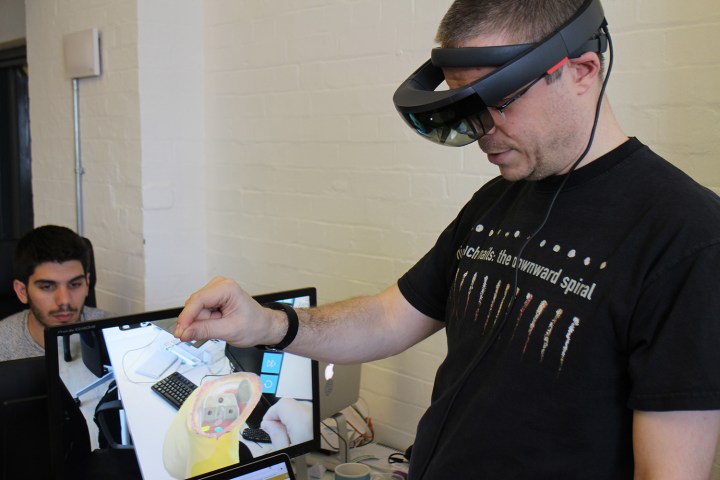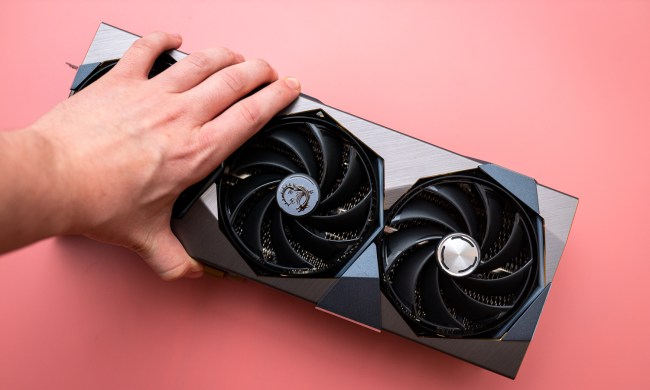
Much in the way Oculus, HTC and Sony helped fund the early developments in virtual reality software, Microsoft and Unity are looking to solve the age-old chicken or the egg issue of new hardware platforms. Augmented reality has a lot of potential but until the software is there, people are not going to buy the hardware and without the hardware, software developers are not going to be so keen to create content for it.
But for $100,000? That is enough to get excited about and it’s just one of several prizes that are up for grabs. Along with that $100,000, top prize winners will walk away with a $3,000 Hololens developer edition headset and a 12-month subscription to Unity Pro. Second place gets much the same, though with a $30,000 cash prize.
There is also a third place, which comes with the same Unity subscription and Hololens headset, with $20,000 as a bonus. Five honorable mentions will each be awarded a 12-month Unity subscription.
If you think you have a great idea for an application, all you need to do is craft a proposal with art, video, and details of the idea, according to MSPoweruser and submit it all through the Unity portal. From there, Microsoft and Unity will select 10 finalists who will each receive a Hololens headset on loan, to help them develop a prototype of the app.
Finalists will have a few months to work on their apps before winners are announced toward the end of 2017. For this first stage though, you have until June 10 to submit your proposals, with the finalists announced on June 16.
There are some rules, though they are not too exhaustive. You must develop in Unity, you must develop it on the Universal Windows Platform, it must be original, and you cannot use any third-party resources unless you have explicit permission to do so.
Other than that, have at it. Microsoft and Unity are specifically looking for apps that solve problems within the home, office, schools and hospitals, though they leave it relatively open. If you’re solving a problem using augmented reality, chances are they are interested.



